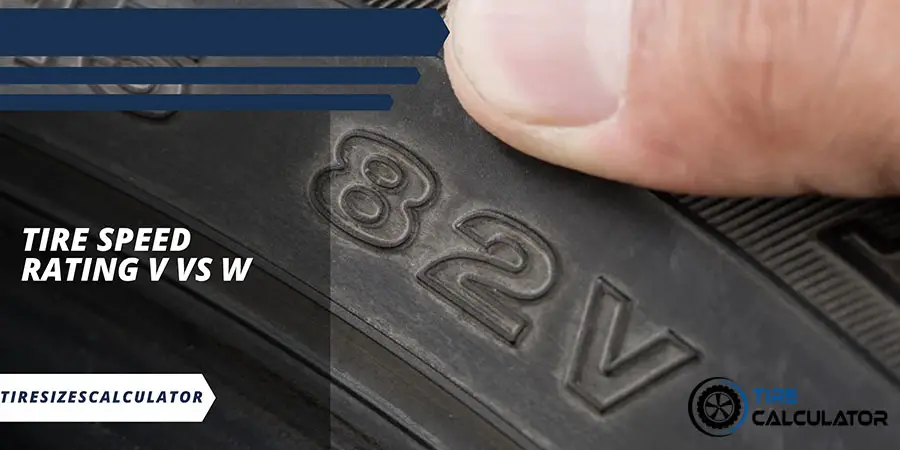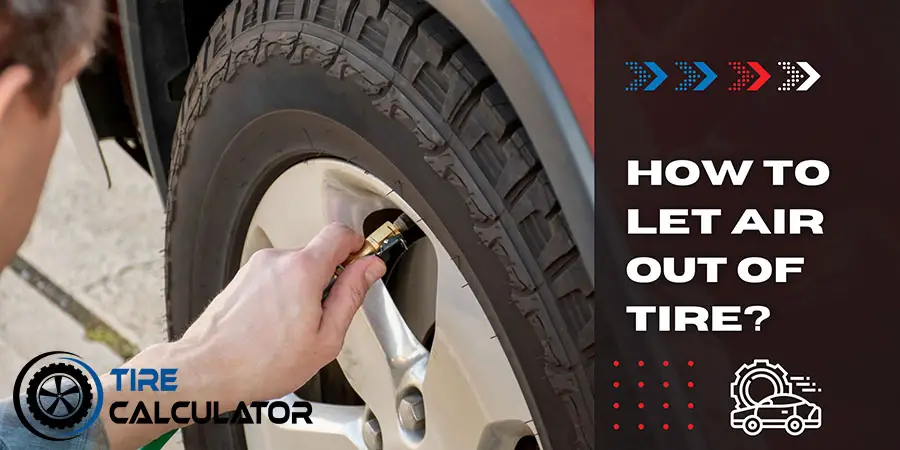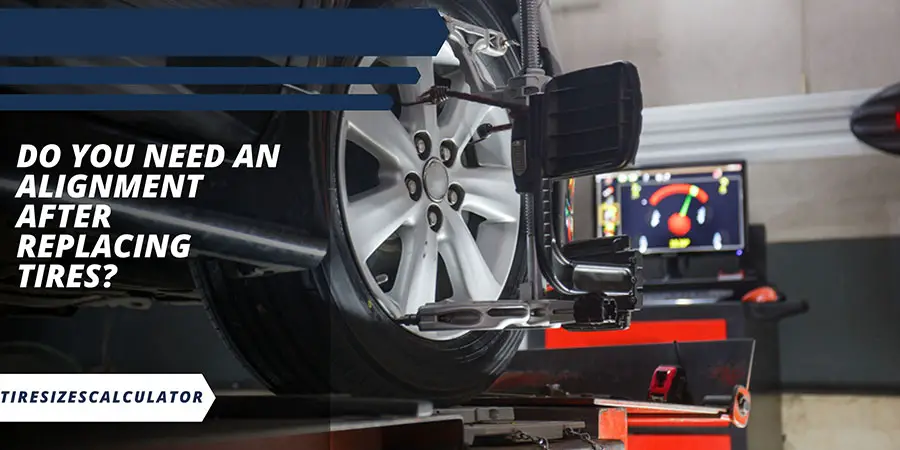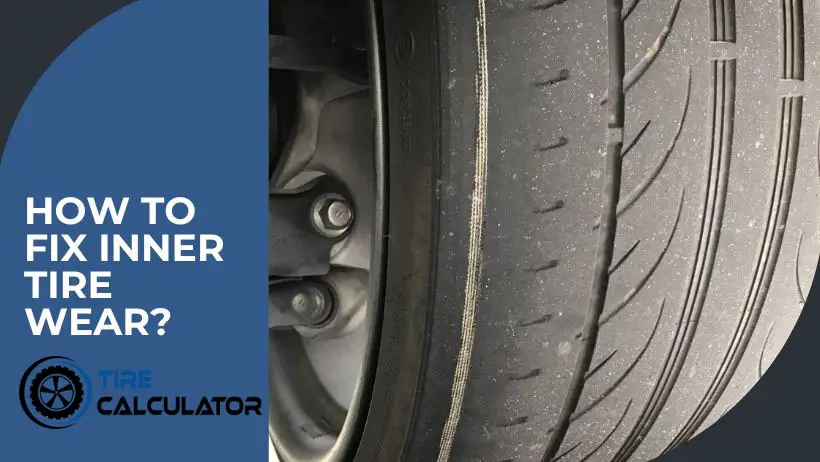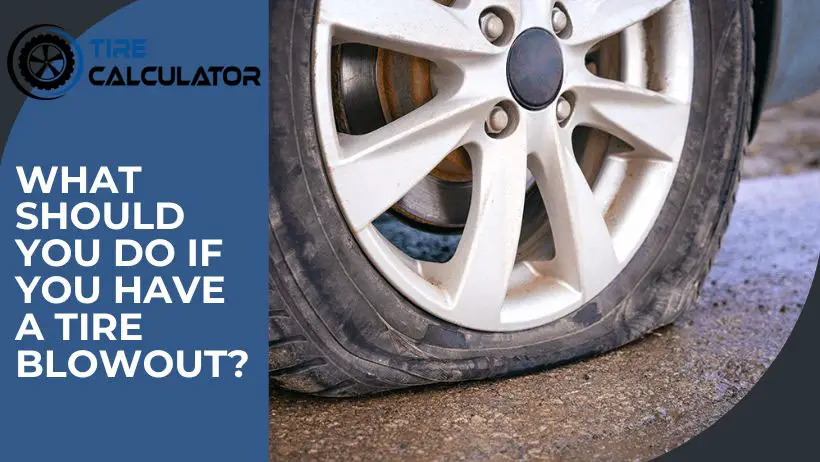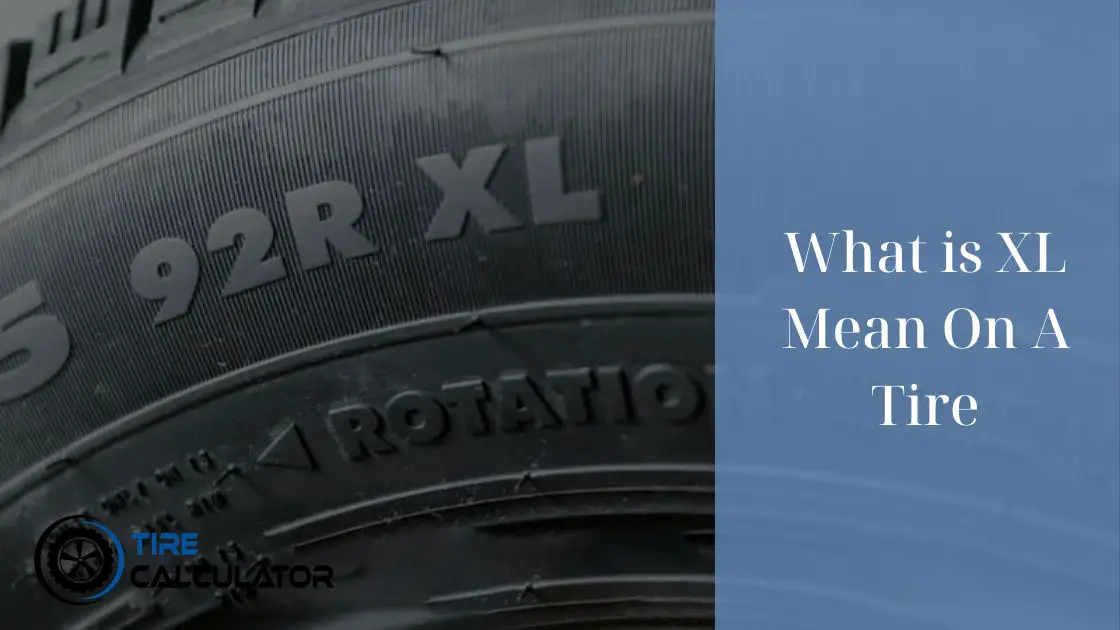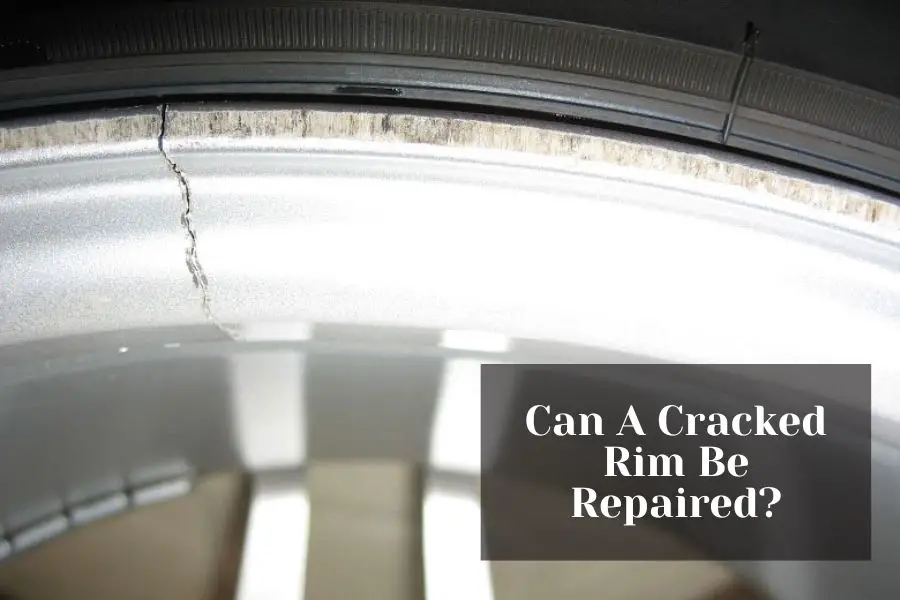Choosing tires with the appropriate rating is essential for your driver’s safety and better control. The tire rating system makes it easier to compare various tire types and determine the best one.
Continue reading to discover details about these v and w speed ratings if you want to use them interchangeably.
What Does A Tire’s Speed Rating Mean?
The tire speed rating is the maximum speed at which drivers can run their vehicle with this tire safely and soundly.
In other words, it is the highest speed at which a tire may operate before failing to behave as designed. The driver will have greater handling and control at faster rates if the tire’s speed rating is higher. And vice versa.
For example, H-rated tires equal 130 mph. It means vehicle owners can drive their vehicle at the fastest speed of 130 miles per hour.
The speed rating is next to the vehicle load index on each tire’s side. The number + letter or only the letter measures how well the tire performs during steering, cornering, steering, braking, and heat dissipation.
According to a tire speed rating chart, the letter denotes the maximum speed.
Can I Use W Rated Tires Instead Of V?
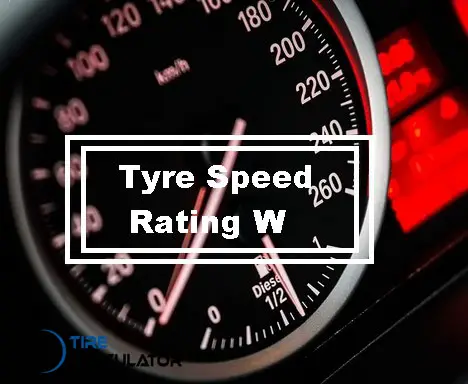
Yes. You are allowed to use tires with a higher speed rating than designated, but not the reverse.
To illustrate, W-rated tires on an exotic sports car have a max speed of 168 mph, while that of a V tire is 149 mph.
Should you equip V tires on that exotic sports car, you can never enjoy the racing feeling the W tires bring. Worse yet, when you, unfortunately, get stuck in an accident, no insurance will cover you if you use the lower speed rating.
That said, even though you might put W tires into a V tires automobile, tire experts advise against so.
All tires work well in some situations. However, not all of them will operate well when drivers exceed the car speed limit. This is because various tires are made for different speeds. Double-check this parameter before you decide to replace or move to another speed rating of tires.
Tire Speed Rating V vs. W
V Rated Tires Speed
Definition
Based on the speed rating chart from tire manufacturers, the speed symbol V equals 149 mph. It means V tires can reach a top speed of 149 miles per hour. This speed is generally given to sports automobiles.
These tires’ sidewall is sturdier to withstand these harder speeds, but the ride is rougher as a result. Also, they don’t endure as long. Thus, before investing in these V tires, think about if you actually need to drive 149 miles per hour.
V Speed Rating Benefits
Last Longer
In comparison to W-rated tires, V-rated tires last longer because they are constructed with a softer tire construction and stiffer rubber. It is the perfect combo for tire longevity.
Conversely, softer rubber compositions are used to create W tires. Although these W tires have a higher speed rating and provide a gentler journey, they will also wear out more quickly.
Hence, you shouldn’t sacrifice tire lifespan if you spend much money on top-performance tires. The difference in speed between them is rather small.
Since these speeds are illegal to surpass in the United States, particularly on public highways, you should consider twice when it comes to the lifespan of the tire.
More Comfortable
A tire with a lower speed rating is more well-rounded, at least when we talk about noise and comfort levels. The ride quality of the V tire, therefore, may provide better comfort than the W tire.
It does not happen to all the lower-speed rating tires, though. It also depends on other factors, for example, tread depth. Drivers still need to check the tire specification when they purchase a premium top-speed-rated tire. It is more likely to offer a more pleasant ride than the lower one.
Better Performance
Winter driving requires a tire that can withstand colder temperatures. While the W speed-rated tires employ a softer material to handle greater temperatures, it is not the greatest choice in the winter.
In theory, V-rated tires have better performance than W-rated tires, at least in the winter, albeit in practice, the advantages are probably minimal at best.
More Affordable
V speed-rated tires are more affordable than the W ones, as it is a common belief that tires with greater speed ratings are more costly than the other brothers. In fact, you can see it in any tire quotation.
The priciest tires are those that are certified for usage with luxury & exotic cars. Still, V tires are also at the top of the price, so there aren’t many significant pricing variations.
W Rated Tires Speed
Definition
W speed rating equals 168 mph in the speed rating chart. It means that drivers who use this tire on their vehicles can achieve a maximum speed of 270 kilometers per hour, and their steed still works and maintains well. As you may be aware, the W tire is often meant for sports cars or supercars.
W Speed Rating Benefits
Greater Resilience To Friction And Heat
The W speed-rated tire works better than the V regarding friction and heat resistance. Since they can withstand all the forces brought on by constant rolling at extremely high speeds, tires with faster speed ratings are given that certification.
The heat is the most dangerous effect of continuous high-speed transportation. Given the high rate of tire-road contact and increasing friction, heat is generated when tires spin. A tire must sustain greater friction and heat as the drivers travel faster.
As a result, a W-rated tire can achieve 19 miles per hour faster than the V one, making it far better suited to its high speed as it can withstand friction and heat a way better.
Improved Handling
When talking about handling better, the W tire has an edge over the V speed-rated tire.
Even the smallest steering direction adjustments can significantly impact the vehicle’s trajectory while moving at greater speeds. These direction variations enhance the heat and friction that a tire normally experiences while traveling in a normal straight path.
When you change direction quickly, heat & friction levels generally escalate. Because W-rated tires can handle heat & friction better thanks to the softer compound ingredients, it has superior road traction than stiffer compounds such as V tires.
More Steering-Wheel Feedback
W tires gain the upper hand regarding steering-wheel feedback. Drivers can feel their vehicles more well-controlled since the W-rated speed tires provide more input at their steering wheel.
Better Acceleration And Braking
Last but not least, the W tires have a greater accelerating and braking performance than the V ones. While not all tire types and tire models exhibit these distinctions, respectable W tires are unquestionably more effective at accelerating & stopping than the significant number of V tires.
These tires utilize softer compounds, so when they heat up to their ideal temperature, they have stronger traction on the road. As such, they can use the power more effectively and come to a halt more quickly.
FAQs
What Is Better For Tyres, V or W?
In short, it is hard to tell which is better based on the tire speed rating. The tire structure, tread depth, and many factors must be considered before getting to the bottom of this matter.
At this moment, the V or W speed-rated tires just serve as a warning that, in order to stay safe, drivers must not exceed a given speed restriction.
What Do The W And V On Tires Mean?
V on tire means the maximum speed rating of your vehicle can reach 149 miles per hour.
W on tires means the max speed of your vehicle can reach 168 miles per hour.
Can I Mix Tyres With W And V Ratings?
No, you can not mix W and V-rated speed ratings. The rule of thumb in safe driving is never to mix tires with various types of speed ratings. The control of your car will suffer greatly as a result.
When drivers mix tires with various speed ratings, you change how well your steed accelerates, brakes, and handles friction and heat. This compromises your car’s equilibrium, leading to oversteering and understeering.
Conclusion
Both V or W-rated tires are common tire speed ratings for supercars.
They have advantages and disadvantages. Although most people believe that W tires offer superior benefits, these features are quite well-matched.
However, the distinctions are not astronomical. Remember to reference all tire specifications and choose the best overall for your vehicle.
You may want to change tires based on the weather to get the best performance, and regularly maintaining your steel will greatly help preserve your vehicle and give you the best driving experience.
See more:

